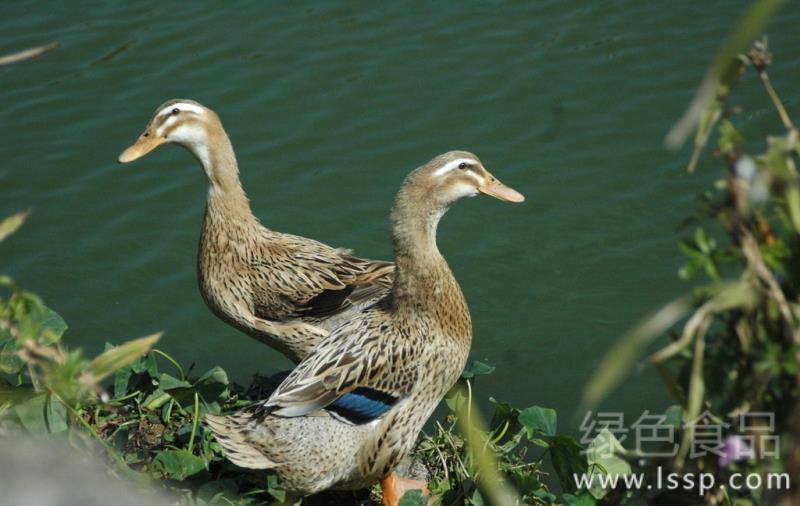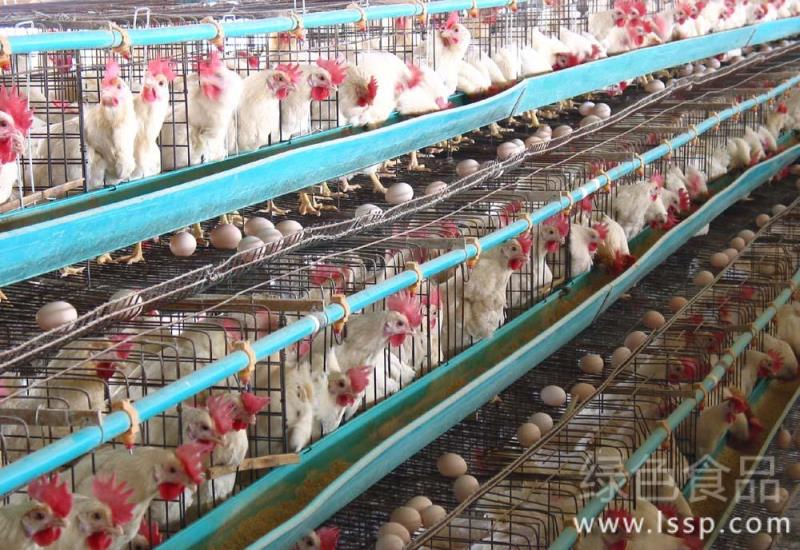Fish enteritis will die soon how to prevent and cure freshwater fish enteritis
Fish enteritis, also known as rotten intestine plague, is a widespread bacterial disease and one of the most serious bacterial diseases to koi. Enteritis in fish is often complicated with bacterial Gill rot and red skin disease.

Freshwater fish culture
[symptom recognition]
Diseased fish lose appetite, move slowly, often swim alone; fish blackening or color loss, the head, caudal fin is more significant; abdominal enlargement, erythema, anal redness and swelling, initial discharge of white linear mucus or constipation, squeeze the abdominal wall, flow out yellow-red ascites; open the intestines, you can see the fish's intestinal wall local congestion and inflammation, no food in the intestines, more mucus In the later stage of the disease, the whole intestine is red, the intestinal wall is inelastic and full of yellowish mucus; dissecting the diseased fish, we can see that the intestines of the fish are inflamed and congested, even purple, so they will die soon.
[cause of disease]
Enteritis in fish is caused by intestinal type Aeromonas punctata. This conditional pathogen exists in a large number of common water bodies and silt at the bottom of fish ponds, as well as in the intestines of healthy fish, but the number is small. When the living environment of the fish deteriorates and the resistance decreases, the bacteria multiply in large numbers in the intestinal tract of the fish, leading to disease. With the feces of diseased fish and bacteria-carrying fish, pathogens were discharged into the water, contaminated feed and infected by mouth. Epidemic and harm: enteritis of fish begins to spread when the water temperature is above 18 ℃, and the epidemic peak is at 25-30 ℃. When the disease is serious, the mortality rate is as high as 90%.
[prevention and control methods]
(1) in the early stage of the disease, when floating stools appear in the water, you can stop eating first and increase the use of oxygen. in general, it can be recovered in 3-4 days.
(2) the medicine is mixed into the bait to feed the diseased fish, and the whole intestine is used for fishery. 1-3 kg per ton of feed is added, and the best dosage is 1.5 kg / t.
(3) for fish with severe disease, 500-1000 international units of kanamycin can be injected intraperitoneally every day for 3-5 days or until the symptoms disappear.
- Prev

Fluke disease affects duck egg laying how to control duck tracheoclonorchiasis
Fluke disease affects duck egg laying how to control duck tracheoclonorchiasis
- Next

Salpingitis leads to difficulty in laying eggs How to prevent and treat laying hens with hose infection
Salpingitis leads to difficulty in laying eggs How to prevent and treat laying hens with hose infection
Related
- On the eggshell is a badge full of pride. British Poultry Egg Market and Consumer observation
- British study: 72% of Britons are willing to buy native eggs raised by insects
- Guidelines for friendly egg production revised the increase of space in chicken sheds can not be forced to change feathers and lay eggs.
- Risk of delay in customs clearance Australia suspends lobster exports to China
- Pig semen-the Vector of virus Transmission (4)
- Pig semen-the Vector of virus Transmission (3)
- Five common causes of difficult control of classical swine fever in clinic and their countermeasures
- Foot-and-mouth disease is the most effective way to prevent it!
- PED is the number one killer of piglets and has to be guarded against in autumn and winter.
- What is "yellow fat pig"? Have you ever heard the pig collector talk about "yellow fat pig"?

